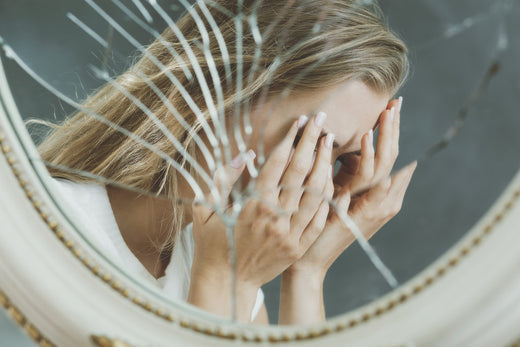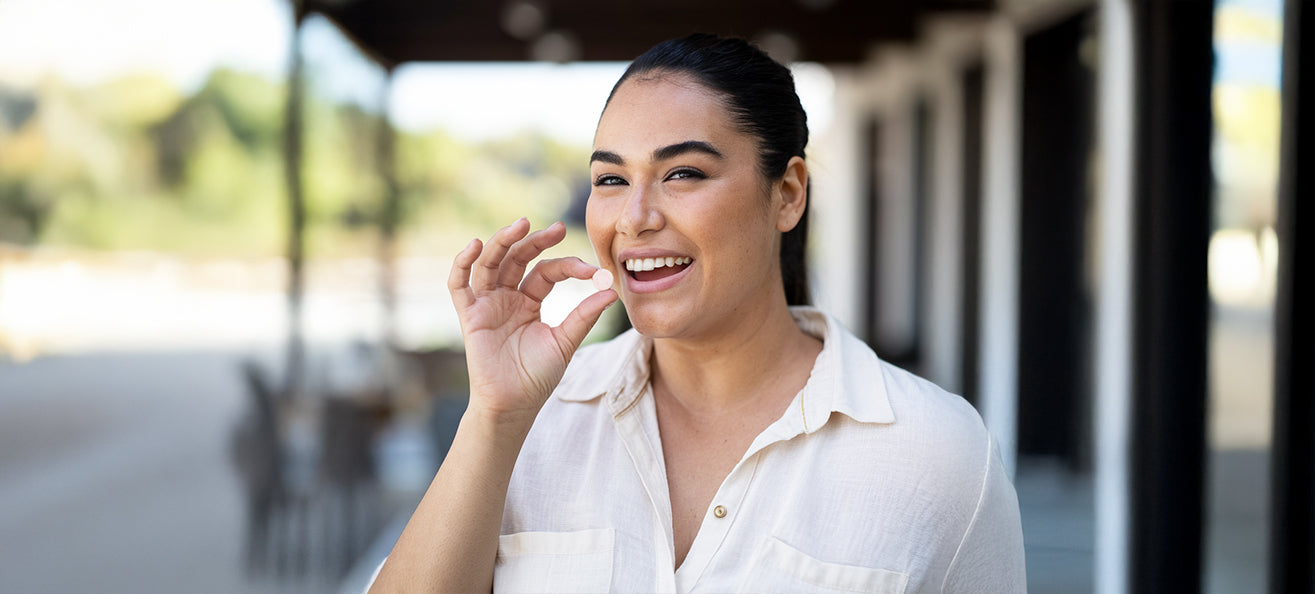Imagine looking at yourself in the mirror every day and not identifying with the person staring back at you. That was my reality. My weight loss journey was filled with disappointment early on.
My medical team warned me about the effects of weight loss surgery. They mentioned how your mind may take a while to understand the quick changes that occur on the outside as well as the inside of your body. I thought chewing slowly would be a challenge I couldn’t be more wrong.
One month after surgery, I was down 25 pounds. My clothes were beginning to become too big for me to wear. Sweats and tights became my most worn pieces. A rarity for someone like me who loves fashion. I had begun boot camp workouts and was feeling stronger than ever. Yet, when I looked in the mirror the person staring back at me was the girl who needed to change her life to save her life. The progress didn’t matter because I couldn’t see it. Therefore, my strides never seemed substantial. I didn’t shop for fear of not finding my size. I quickly began my fight with body dysmorphia and had no idea I was even in the ring.
What is Body Dysmorphia?
Body dysmorphia or Body Dysmorphic Disorder (BDD) is a mental illness involving the obsession of a perceived flaw in your physical appearance. In severe cases, symptoms include:
- Excessive mirror checking
- Depression
- Spending hours trying to conceal the perceived flaw
- Isolation from others
- Seeking constant ways to “correct” the perceived flaw by means of plastic surgery or other ways to physically alter the appearance
- Avoiding pictures
The fact is the symptoms vary and body dysmorphia isn’t always visible. BBD isn’t high on the radar of doctors because of the lengths suffers go to hide their compulsions in public. Despite all of this, the disorder is very real and affects many as early as the adolescent age of 10. Body dysmorphia affects both men and women equally, as the disorder can be triggered by characteristics such as freckles, acne or even body hair. Additionally, bullying and environment can also cause body dysmorphia.

How To Treat Body Dysmorphia?
Since body dysmorphia affects everyone differently it's difficult to pinpoint a one size fits all remedy. Best practice is to seek medical attention if you find your behaviors to disrupt your life. The moment you find yourself in isolation for fear of someone seeing your perceived flaw, you should seek help. Therapy can do wonders for you as it did for me.
It’s crucial to remember that therapy doesn’t mean solely seeing a mental health professional. Sometimes going to a support group will ease your self-image anxieties. Encouragement and support can really soothe the feeling of isolation we often feel. If nothing else sharing your story will bring you closer to those who have been where you are.

Cognitive Behavioral Therapy
Cognitive behavioral therapy is a coping technique that teaches individuals suffering from body dysmorphia how to recognize irrational thoughts and change negative thinking patterns. Individuals are then taught how to take their negative thoughts and replace them with positive ones. Next, the individuals are taken through a process of exposure. During exposure, individuals are guided through situations to confront the situations causing the irrational fears, like going out in public with the perceived flaw exposed.
Response Prevention
Through response prevention, individuals are taught how to resist the urges to conceal perceived flaws with clothing or makeup. Additionally, sufferers are taught how to stop seeking reassurance from others about their physical appearance, and how to spend less time checking their appearance and more time enjoying their lives.
Despite where you are on your weight loss journey if you are experiencing body dysmorphic disorder you should speak up. Keeping this problem to yourself is detrimental to your mental health. The only way to find a solution is to reach out to others. Never miss a support group even if you don’t feel like talking, listening to the shared stories helps us all understand that we are never alone even when we feel no one understands us. Always pay attention to the warning signs and your triggers, especially those on social media. When these triggers are activated talk to a medical professional or therapist about what you may have seen or heard that caused you to feel negative about yourself. In opening the conversation, together you, your medical, and support teams can find a viable solution.





